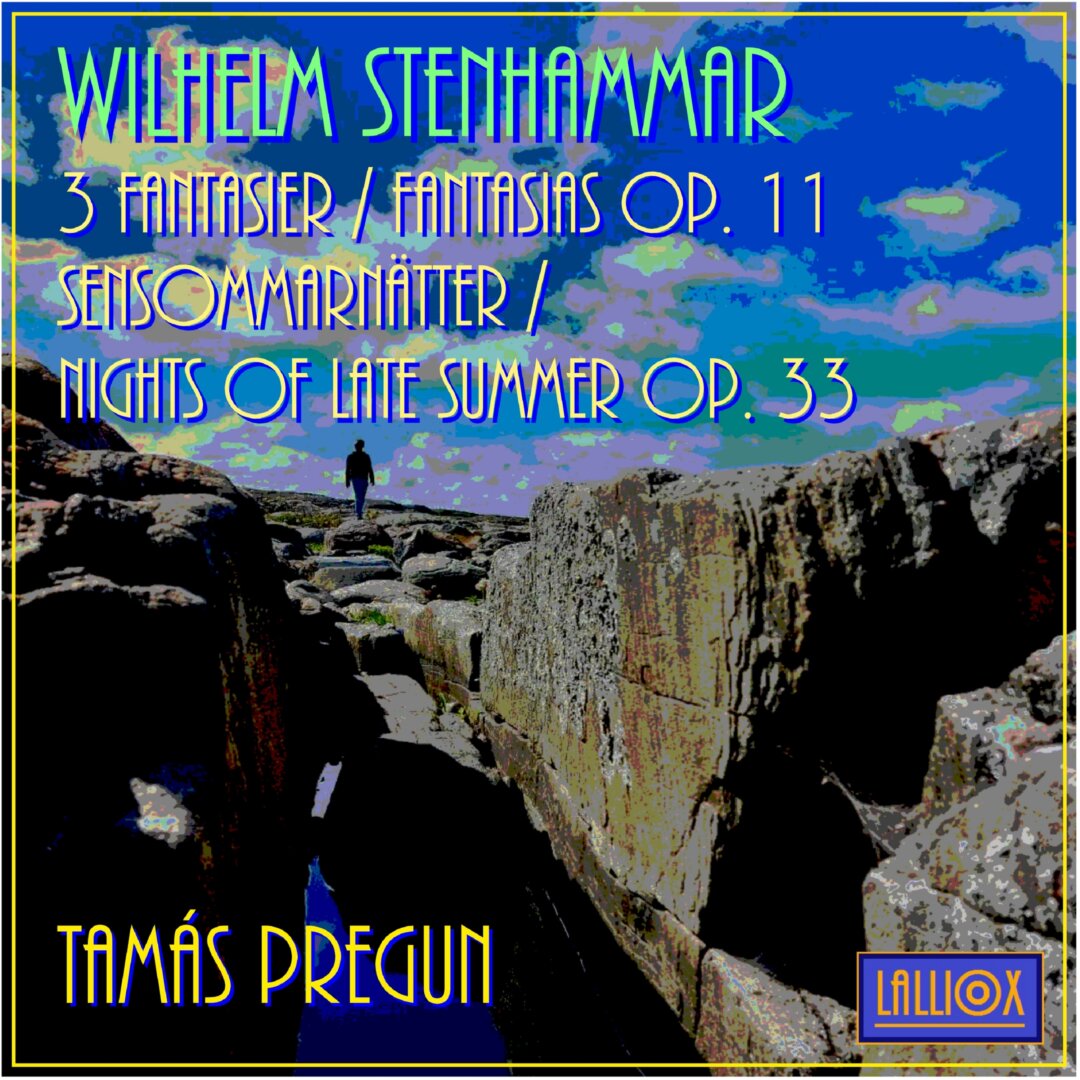A fresh take on Wilhelm Stenhammar’s (1871-1927) complete mature output for solo piano with Hungarian pianist Tamás Pregun – this is our contribution to the celebration of his 150th anniversary this year.
Stenhammar was one of, if not the foremost Nordic pianist of his generation, which is clearly perceptible not only for the professional attempting to give life to his works, but also to the listener: his style of writing is grand, virtuosic, but always has a sweet spot for the intimate.
Although his works are influenced in part by his education in the German romantic tradition, in part by his contemporaries Nielsen and Sibelius, and in part by the pianistic traditions spanning from Liszt to Rachmaninov, they have a distinct “Swedish” flavor. Apart from early attempts, which are testimony to a “Wunderkind”, with the first surviving works written when he was still a child, the first work bearing the unmistakable stamp of a mature artist is the g-minor sonata (1890), which he probably intended for publication, but then, for reasons not known, was never published during his lifetime.

All of its four movements form a coherent whole, gravitating towards the fiercely difficult last movement, which is both passionate and lyrical, with a strong rhythmic drive. The three fantasies, bearing the opus number 11, of which the first in d-minor is often heard in concert, are works of great emotional depth, presenting substantial interpretational challenges to the performer in their characterization.
Both the sonata in A-flat major and Stenhammar’s final opus for solo piano, the five-piece cycle Late Nights of Summer, op. 33, are surprisingly challenging to present convincingly; the sonata with its mostly lyrical mood requires a delicate voicing, almost akin to the penultimate Beethoven sonata, while the five pieces in op. 33 range from the suave and tranquil first one, looking deceptively simple, over the exceedingly difficult and storming fourth piece, to the almost ”naked”, introverted last piece revealing very little to the potential performer.

Stenhammar wrote two piano concerti, a symphony, choir works, and, notably: six string quartets, which by some connoisseurs have been referred to as the greatest in the genre published in time between Brahms’ and Bartók’s. Anyway this might be, Stenhammar ́s piano works are certainly worthy of wider recognition.











